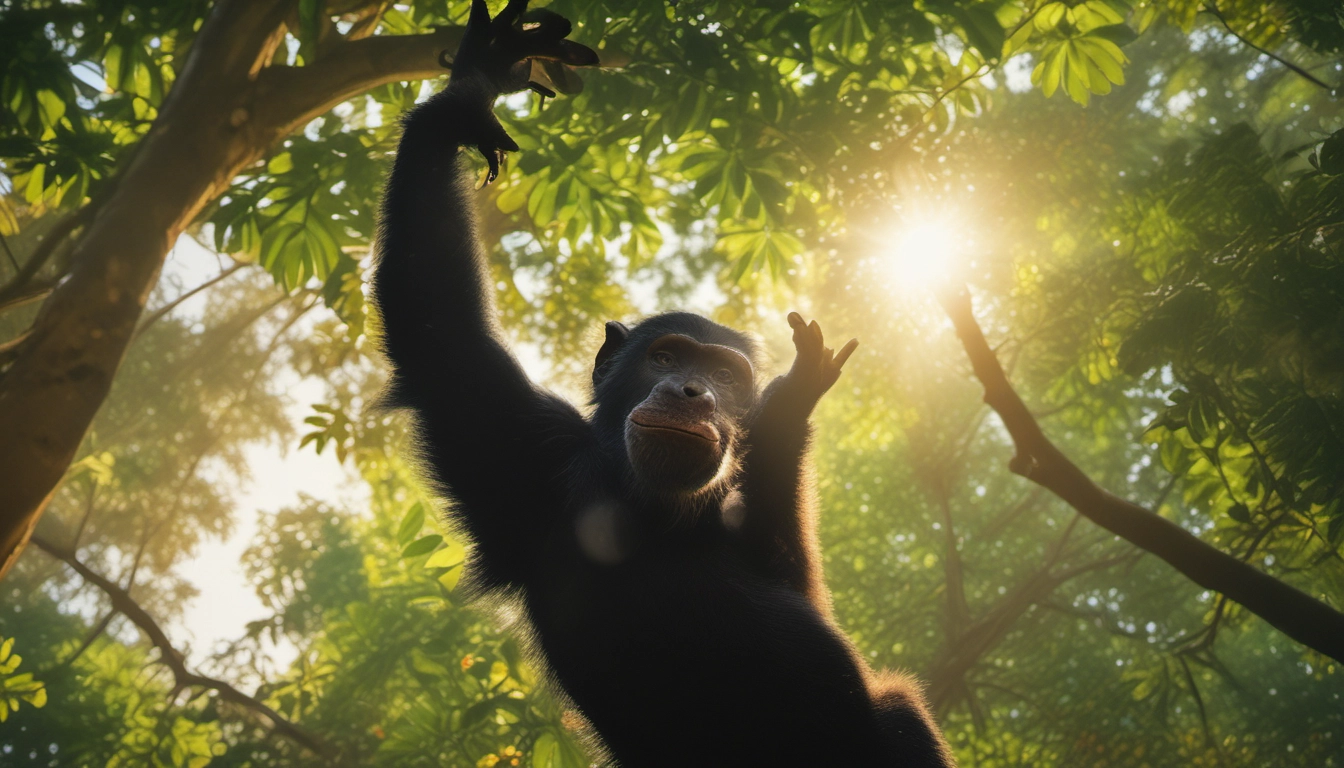Jane Goodall, Famed Primatologist, Dies at 91
Jane Goodall, the pioneering chimpanzee researcher, died at 91. Read the obituary covering her life, work, cause of death, and legacy.

Jane Goodall, Famed Primatologist, Dies at 91
What to know
- Dr. Jane Goodall died at 91. The Jane Goodall Institute confirmed her passing and said she died of natural causes while in California on a speaking tour.
- Goodall changed how scientists and the public see chimpanzees and human behavior.
- This article summarizes the facts, her key discoveries, major work at Gombe, and the public response.
What happened
The Jane Goodall Institute announced Dr. Goodall's death on social media. Major outlets reported her passing, including the Los Angeles Times, The New York Times, ABC News, Reuters, and NPR. Reports say she was on a speaking tour in California when she died of natural causes.
Why she mattered
Jane Goodall spent decades living near wild chimpanzees at Gombe Stream in Tanzania. Her careful, long-term observations changed science. She showed that chimpanzees make and use tools, have close family ties, hunt and share food, and can learn from one another. Those findings helped shift views about the line between humans and other animals.
Key discoveries and methods
- Tool use: She watched chimpanzees fashion tools to get food. This challenged the idea that only humans make tools.
- Social life: Her notes showed friendship, parenting, and complex group structure.
- Hunting and meat sharing: She documented hunting behavior and food sharing in chimp communities.
- Long-term study: Her patient, careful fieldwork set a new standard for animal behavior studies.
From field scientist to global voice
Goodall used her science to speak for animals and habitats. She founded the Jane Goodall Institute and started the Roots & Shoots youth program. She was named a UN Messenger of Peace and traveled widely to teach about conservation and climate. News reports and obituaries note how she blended research, education, and activism.
Life timeline
- Born in April 1934 in London. See Wikipedia for background.
- 1960s: Began long-term study of chimpanzees at Gombe.
- 1964: Married photographer Hugo van Lawick; they had a son, Hugo Eric.
- 1970s onward: Published books, grew public profile, and launched conservation work.
- Later years: Continued public speaking, education work, and global advocacy.
Public reaction and tributes
News outlets and leaders offered tributes. The United Nations and many conservation groups praised her life's work. Coverage by NBC News, the Washington Post, and Newsweek collected statements from scientists, public figures, and fans.
Her legacy
Goodall leaves a lasting legacy in science and conservation. Her methods show the value of long-term, respectful observation. Her institute and youth programs train new leaders for nature. Many scientists now study animals with more empathy and care because of her work. Her life helped protect chimpanzee habitats and inspired millions to act for the planet.
How to learn more
Read full obituaries and reports linked above for deep detail. The New York Times and Los Angeles Times have long profiles and timelines. For the institute's statement see the Jane Goodall Institute post. Additional reporting is available from Reuters, NPR, and ABC News.

